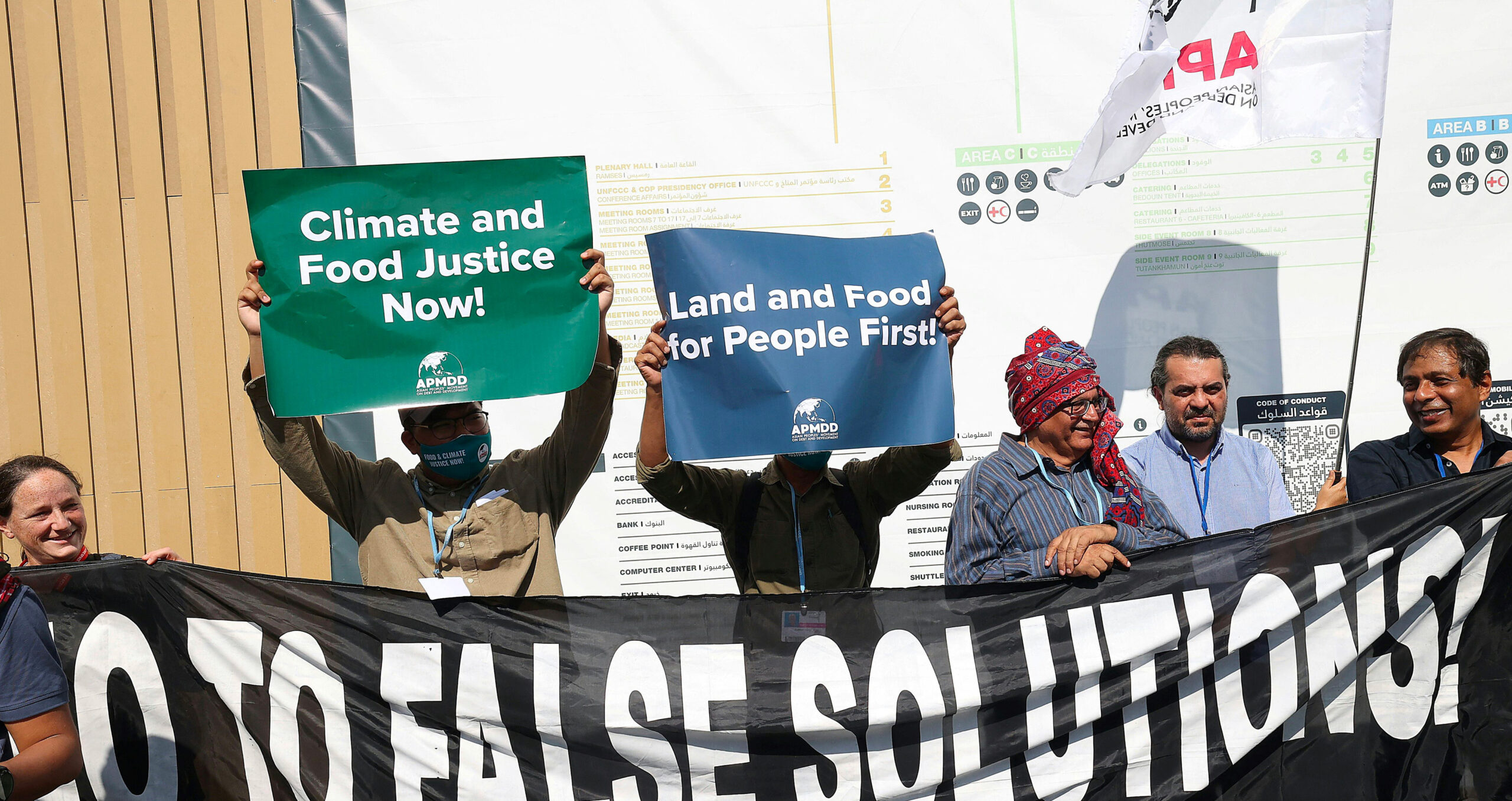

Action to stop climate change and biodiversity loss inched forwards in 2022, but next year financial institutions and governments need to turn pledges into hard cash if they want to hit targets.
WTF. Where’s the finance? This was arguably the biggest question on everyone’s lips in 2022 as policymakers, the private sector and environmental groups gathered at the various international meetings designed to address the climate and nature crises, as well as economic growth.
Some progress was made in getting to grips with the climate and biodiversity emergencies. However, success also depends on financial institutions and governments cutting investment in activities that cause nature loss and global warming; channelling funding to solutions; and ensuring all countries are supported in their transition to sustainable and nature-positive economies.
Agreement on a loss and damage fund – through which higher income countries will pay for the impacts of their past emissions on lower income nations – was the headline news from COP27, held in Sharm el-Sheikh, Egypt in November. While groundbreaking, this agreement can only work if richer nations stump up the large amount needed to help countries in Africa and Asia adapt to the impacts of increasingly extreme weather. At the same time, no advance has been made on reaching the $100bn a year for climate mitigation that developing countries should have started to receive in 2020, which was pledged at the UN climate conference in 2009.
Similarly, the biodiversity deal agreed at COP15 in December has been seen as both promising and problematic. The Kunming-Montreal global biodiversity framework commits governments to conserving nearly a third of the earth for nature by 2030, while ensuring the rights of indigenous people and local communities are respected.
It also calls for environmentally harmful subsidies to be “substantially and progressively” reduced by at least $500bn a year by 2030, while public and private finance for biodiversity should reach at least $200bn a year by the same date. The framework also requires governments to ensure that large and transnational companies disclose “their risks, dependencies and impacts on biodiversity”.
Environmental organisations were clear the deal was not the ‘Paris Agreement’ moment they had hoped for – the wording in the final text was often weaker and more complicated than in previous drafts. “For every gain made at COP15 there is a gap to fill,” said Clare Shine from the Cambridge Institute for Sustainability Leadership, while Ioannis Agapakis, a lawyer with ClientEarth, a non-governmental organisation, said: “It’s not the most solid foundation from which to protect biodiversity, but it draws a line in the sand and is a starting point from which to build.”
The biodiversity framework is likewise not legally binding, but Agata Szafraniuk, also at ClientEarth, said: “Similarly to climate cases that use multiple legal angles to protect our environment, the framework could be used alongside other legal instruments as extra-legal context and leverage to ensure parties stay on track.”
Help for just transition
This year, money was also front and centre of just transition discussions. At COP26 in November 2021, the first “just energy transition partnership” was signed, with the world’s richest nations pledging to help South Africa move away from coal. This year, during the G20 meeting in Bali, a similar deal was signed for Indonesia and in mid-December, Vietnam became the third recipient of a JETP. Under the deal, Vietnam should receive $7.75bn in both public and private sector financing with the support of institutions including HSBC, Bank of America and Mizuho.
The question hanging over all of these deals, however, is how much of the funding will be given in grants and how much in loans. Some climate campaigners fear that if poorly enacted, countries could end up in more debt and the ‘just’ elements of the deal that don’t generate a financial return, such as retraining workers, won’t be funded. From the initial monies offered to South Africa through its JETP, reportedly only 2.7 per cent of the offers are grants, with the other 97 per cent in the form of loans, said WWF South Africa in November.
New economics
Meanwhile, on at the COP27 conference’s finance day, the opening session talked about “climate finance in a polycrisis”. The EU, which normally trundles along at its own pace, found itself in the eye of this storm and stepped up the pace to match the size of the challenge. Regulatory reforms came thick and fast in 2022, pushed by the impact of Russia’s invasion of Ukraine on energy supplies and the EU’s ambition to reduce emissions by at least 57 per cent by 2030.
How to pay for a massive ramping up of renewable and clean energy technologies remains a source of debate, though. Many in Europe are concerned about the competitiveness of the region’s clean tech companies in light of the US Inflation Reduction Act. How this plays out will be one to watch in 2023.
The task ahead is massive. For financial institutions and businesses, it is not, as the International Sustainability Standards Board chair, Emmanuel Faber, said at COP15, about “picking and choosing” the right ESG metrics – but nothing less than “rewriting economics”.
Photo credit: Getty Images
Similar Articles

Truckmakers must speed into action to meet zero emissions rules

Could wind energy help shipping cut its emissions sooner?


